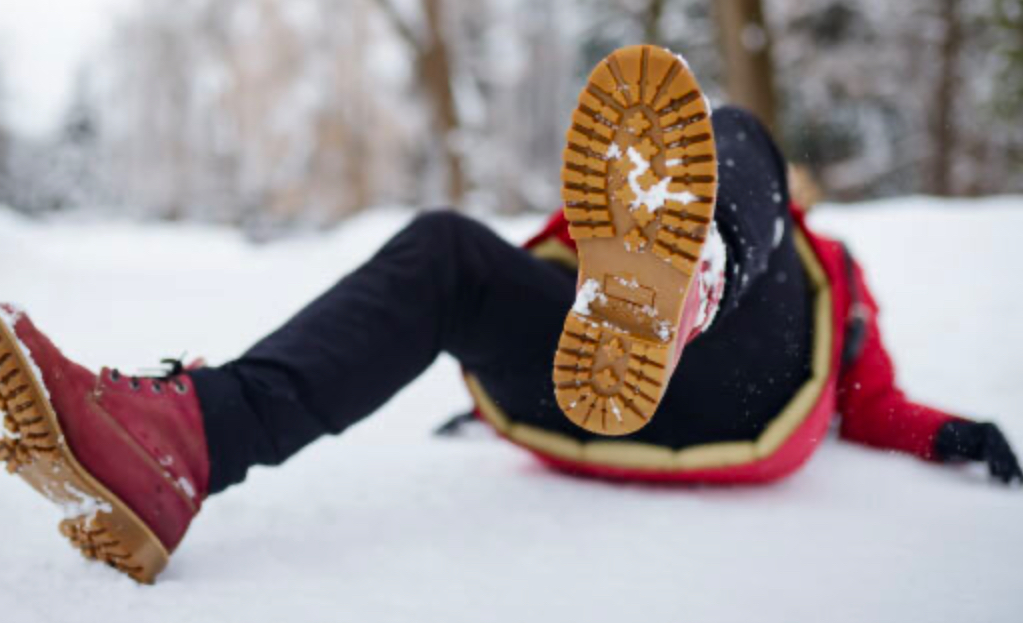Winter wonderlands may look magical, but icy walkways can quickly turn that magic into a trip to the ER. Slipping on ice is more than just a seasonal annoyance—it can lead to serious injuries that sideline you for weeks. As physical therapists, we’ve seen it all, and we’re here to share our top six recommendations to keep you safe, minimize injury, and regain confidence after a slip (or just avoid them altogether).
1. Keep Walkways Clear and Safe to Avoid Falling
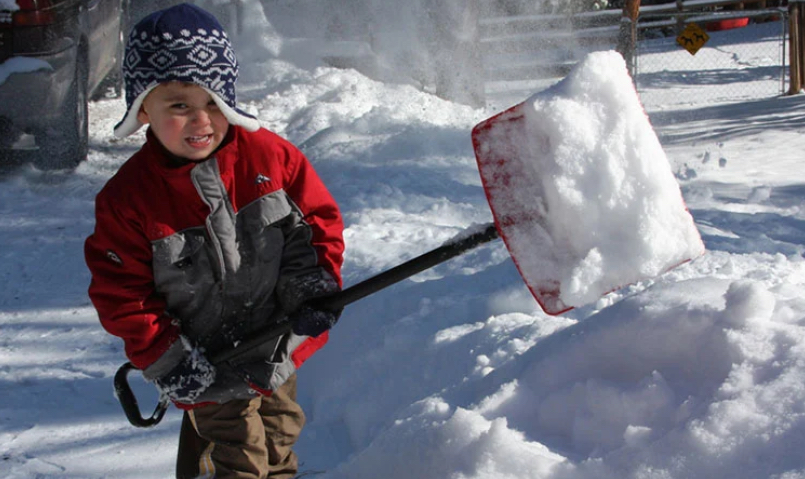
It might be that the first snow of the year caught you off guard and you didn’t have time to shovel the driveway. Unfortunately, that may have been the exact setup for a nasty fall. Prioritizing keeping your walkways clear can truly be a lifesaver. And hey, if you’re short on time, even shoveling a narrow path to and from the house might be all that’s needed to stay safe.
Using salt or ice melt also helps—it’s worth the effort if it prevents a dangerous slip. Maybe it’s time to replace that old porch light so you can see clearly during the shorter winter days.
2. Choose Proper Footwear to Avoid Falling
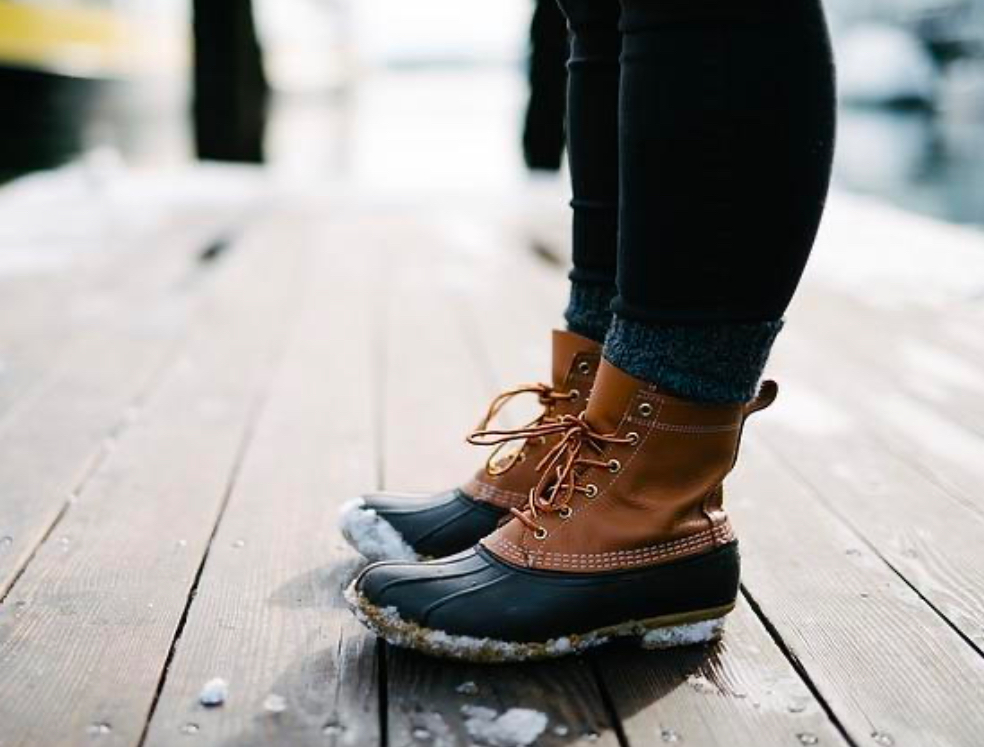
At the risk of sounding like tire salesmen, we recommend choosing boots or shoes with deep treads for better grip on snowy terrain. Waterproof or water-resistant materials are also high on the priority list.
For a practical tip, wear boots for your walk to and from work or the car and carry your everyday shoes in a bag to change into when you arrive.
3. Practice Safe Walking Techniques to Avoid Falling
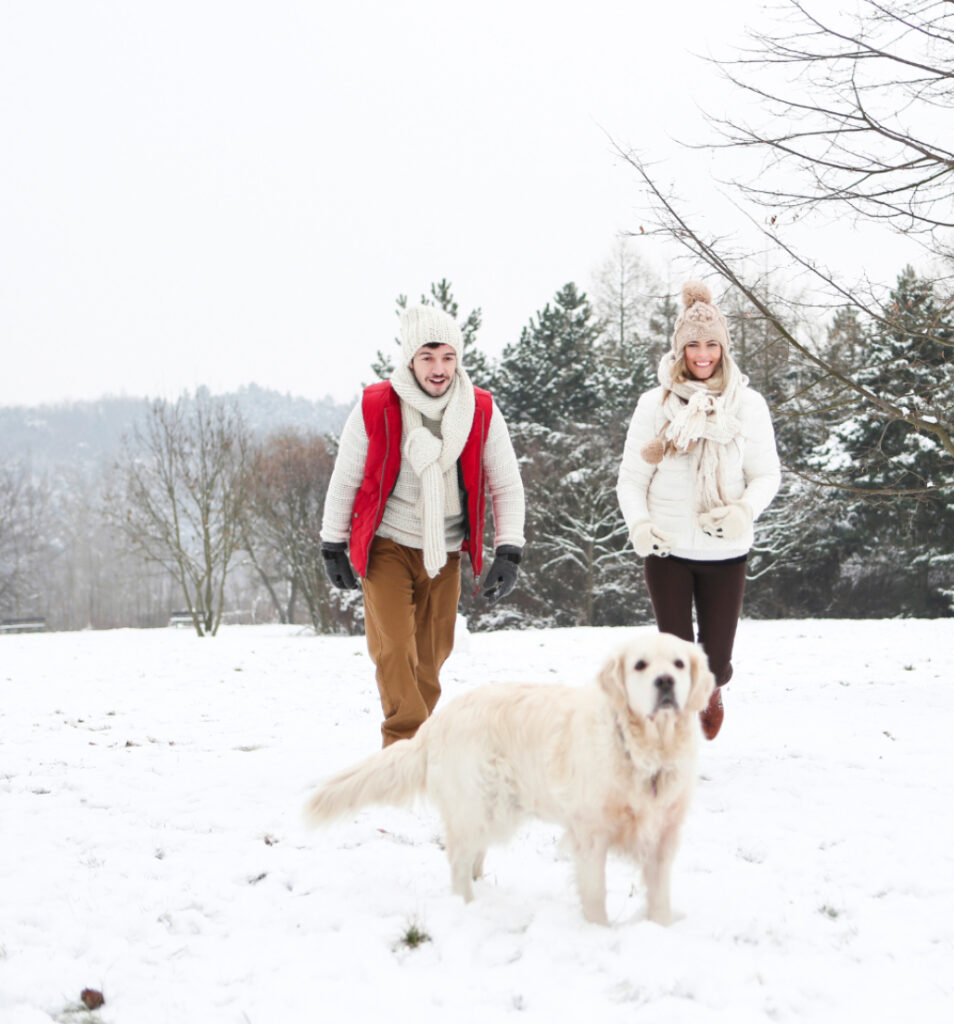
In today’s hustle-and-bustle world, slowing down takes extra intention. This winter season might be the perfect time to practice moving with mindfulness (whether you want to or not).
As simple as it sounds, slowing your walking pace and being deliberate with your foot placement is huge in avoiding falling. You could even try the “penguin walk”:
– Keep your arms slightly out for balance.
– Bend your knees slightly and walk flat-footed, keeping your weight centered over your feet.
– Take short, deliberate steps.
It’s also a good idea to save that text message until you’ve reached your car or home to avoid distractions or falling.
4. Prepare for Falls and Minimize Injury
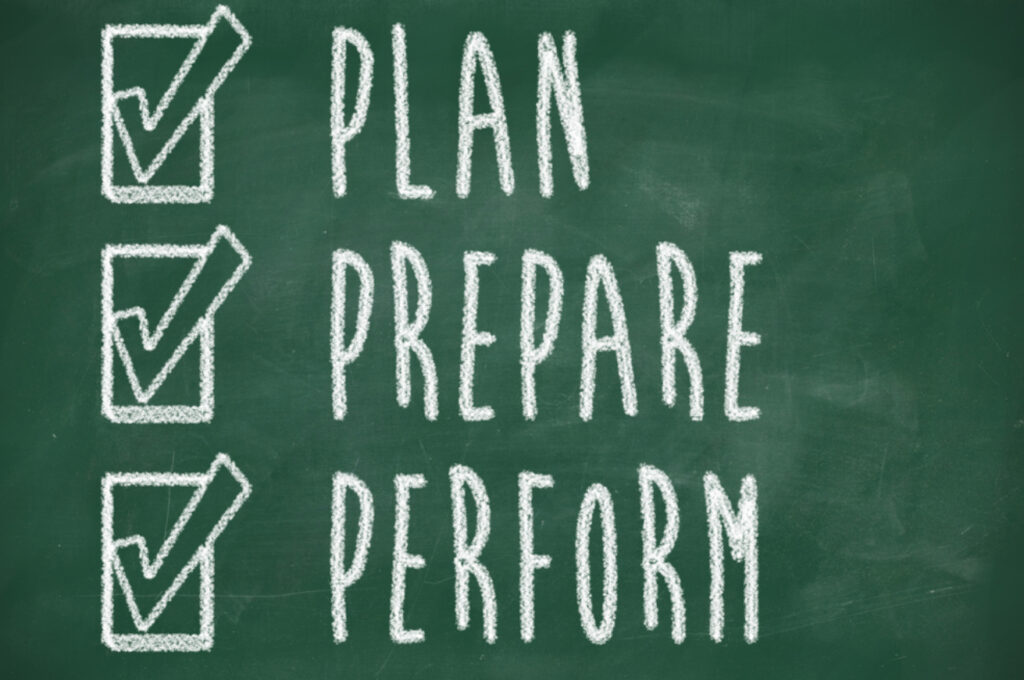
Sometimes, no matter how careful you are, falling happens. Did you know you can learn to “fall well”? You may not avoid all injuries, but you can minimize them by:
– Avoiding bracing with your arms. Instead, tuck your chin, protect your head, and try to land on your side or roll.
– Relaxing your body as you fall. Yes, it sounds counterintuitive, but with practice, your body can learn to instinctively respond this way.
Make it a game—practice falling onto a mattress in your living room with your kids. They’ll love it, and you’ll build muscle memory for when it counts.
If you do fall, stay calm. Assess yourself for injuries before getting up. If needed, signal for help before attempting to move.
5. Set Up Emergency Contacts and Tools
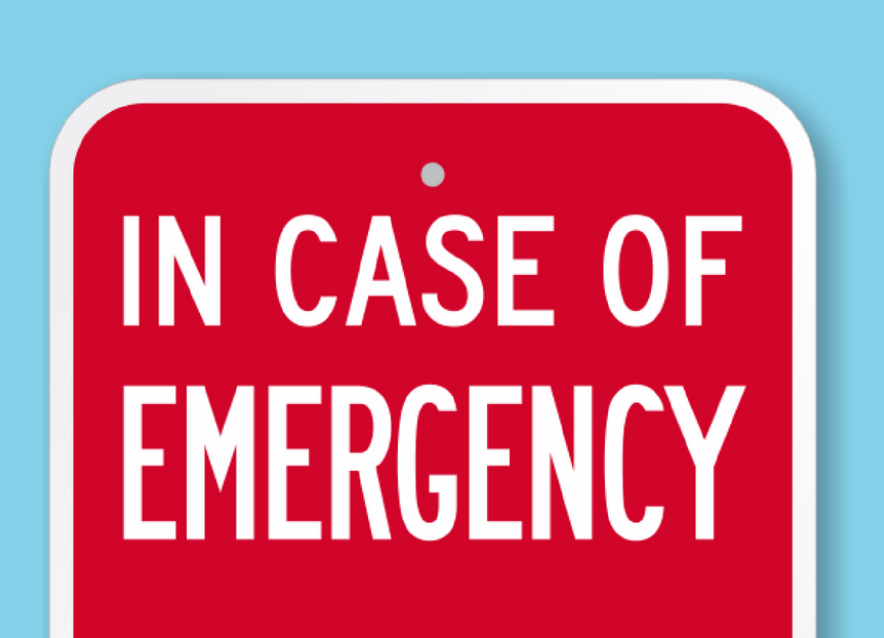
Most smartphones today come equipped with emergency call features and settings to store emergency contact information. Take five minutes today to set up your phone for quick dialing or notifications. Features like “SOS” on iPhones or Android’s emergency app could be life-saving.
But what if you have already fallen and you want to regain some confidence and strength so you don’t do it again.
6. Build Strength and Balance to Stay Confident

While any exercise can help you get stronger, focusing on stability and balance will bring the most success. Activities like yoga, tai chi, or balance-specific routines strengthen the core and improve posture. If you’re looking for a fun challenge, try your hand at the “Old Man Balance Test”—check out our Instagram video of us giving it a go HERE.
Here are some balance exercises you can incorporate into your routine to improve stability and reduce the risk of falling. These exercises can be done at home with minimal equipment:
1. Single-Leg Stands
How to Perform:
1. Stand near a sturdy chair or wall for support.
2. Shift your weight onto one leg, lifting the other foot slightly off the ground.
3. Hold the position for 20–30 seconds, then switch legs.
4. Gradually reduce reliance on the support as your balance improves.
Tip: Keep your core engaged and your gaze fixed on a point in front of you.
2. Heel-to-Toe Walk
How to Perform:
1. Walk in a straight line, placing the heel of one foot directly in front of the toes of the other foot.
2. Keep your arms at your sides or out for balance.
3. Walk 10–15 steps, then turn around and repeat.
Tip: Perform this exercise slowly and deliberately to maintain control.
3. Standing March
How to Perform:
1. Stand tall with your feet hip-width apart.
2. Lift one knee to hip level, hold for 2–3 seconds, then lower it back down.
3. Alternate legs for 10–15 repetitions per side.
Tip: Place your hands on your hips or use a chair for support if needed.
4. Side Leg Raises
How to Perform:
1. Stand tall and hold onto a sturdy surface for balance.
2. Slowly lift one leg out to the side, keeping your body upright and your core engaged.
3. Lower the leg back down and repeat for 10–15 repetitions per side.
Tip: Avoid leaning to the side as you lift your leg.
5. Tree Pose (Yoga)
How to Perform:
1. Stand tall with your feet together.
2. Shift your weight onto one foot and place the sole of the other foot against your inner thigh or calf (avoid the knee).
3. Bring your hands together at your chest or extend them overhead.
4. Hold for 20–30 seconds, then switch legs.
Tip: Focus your gaze on a fixed point to help maintain balance.
6. Step-Ups
How to Perform:
1. Use a sturdy step or low platform.
2. Step up with one foot, then bring the other foot up to meet it.
3. Step back down, one foot at a time, and repeat for 10–15 repetitions per side.
Tip: Keep your movements controlled and your core engaged.
7. Heel Raises
How to Perform:
1. Stand with your feet hip-width apart and hold onto a stable surface.
2. Slowly rise onto your toes, lifting your heels off the ground.
3. Hold for 2–3 seconds, then lower back down.
4. Repeat for 10–15 repetitions.
Tip: For a challenge, try this exercise on one foot.
8. Tandem Stance
How to Perform:
1. Stand with one foot directly in front of the other, as if standing on a tightrope.
2. Hold this position for 20–30 seconds, then switch the positioning of your feet.
3. To make it harder, close your eyes or turn your head side-to-side.
Tip: Perform near a wall for support if needed.
Including leg-strengthening exercises, such as squats, lunges, or stair climbing can improve walking stability as well.
If hip pain is bothering you after a fall, take a look at this blog from Phillip, one of our physical therapists, for at-home exercises to help. We also might recommend PEMF (Pulsed Electromagnetic Field Therapy) which is a non-invasive, natural therapy that uses low-frequency electromagnetic waves to stimulate and support your body’s healing processes. It will help bring down the inflammation, helps the body heal faster, and promotes blood flow to injured areas!
And if the pain doesn’t go away, please reach out—we’d love to help you return to your routine, stronger than ever. We take a holistic approach and look at how you move as a whole to then help cater a personalized plan that is designed for your specific needs. We also might recommend PEMF (Pulsed Electromagnetic Field Therapy) which is a non-invasive, natural therapy that uses low-frequency electromagnetic waves to stimulate and support your body’s healing processes. It will help bring down the inflammation, helps the body heal faster, and promotes blood flow to injured areas!
And if the pain doesn’t go away, please reach out—we’d love to help you return to your routine, stronger than ever. We take a holistic approach and look at how you move as a whole to then help cater a personalized plan that is designed for your specific needs.

